- While sympathetic to the students’ cause, Hong Kong’s silent majority does not support continued protests.
- Prolonged protests risk backfiring by unconsciously linking opposition to the movement to a tacit recognition that the time is not ripe for change in Beijing.
I am disappointed. I flew to Hong Kong two weeks after protests started against Beijing’s vetting of candidates for the role of Chief Executive of this Special Administrative Region. With views formed by the prism of Western media, I expected to find the same vibrant and addictive energy that distinguishes Hong Kong, except this time focused on the fight for democratic rights. Instead, upon arriving at the scene, I found large sections of barricaded streets empty, with a relatively small contingent of students grouped in a single section of Connaught Road in the central business district. Many students gazed around aimlessly, some passed time reading, while others took turns speaking their mind over a loudspeaker. The tone of their voices, like the streets around them, felt vapid.
To understand the difference between the reporting by international media and the reality on the ground, one only needs to look at the profile of the protesters: students and retired elders. What do these two groups have in common? Time.
The consistent view among the management of companies I visited in Hong Kong during the past week is that the protests are a nuisance. The issue is not lack of sympathy for the democratic ideal. The feeling expressed by Hong Kong’s working population reflects the wisdom of a different generation that is preoccupied with daily responsibilities. That is, choosing one’s battles, and having the patience to wait. In other words, it is perfectly understood that Beijing will never kowtow to a small group of students, in a small island of a Special Administrative Region. The course of action, therefore, should be a different one.
Interestingly, I found the same feeling on the mainland, only with an added level of perplexion. My translator learned of the events in Hong Kong during National Day through social media networks, circumventing the silence of state media. She was curious about the protests and proactively asked me about my views given that I had just arrived from the island. However, she seemed genuinely confused. Again, as was the case with Hong Kong’s working population, her confusion did not stem from a lack of empathy. Rather, it originated from the questioning of why one would invest energy in such a futile project.
Reflecting on the above observations, I have come to several tentative conclusions. The first relates to the futility of the student’s plight. The consistent sense of fatalism I found in Hong Kong and the mainland does not reflect defeatism, but realism. This realism is a sobering contrast to the idealism Western media tends to indulge in when reporting on matters of this kind.
The second conclusion relates to the true source of the students’ eventual defeat. Their weakness does not stem from fighting guns with ideas. Indeed, the actions that shape the course of history originate in thought. Rather, the students began their fight from a position of weakness because of an absence of pain. Social movements tend to gather critical mass when the suffering becomes unbearable. Hong Kong and China are not suffering, it is clear to people that there is positive change, and they choose to focus on it.
Finally, as investors, we can use the reaction to the student protests by individuals in Hong Kong and the mainland to deepen our understanding of China. Our Western frame of mind likes to use established paradigms, and fit current events into such structures. The Chinese government and nation, on the other hand, are more focused on incremental change, without preconceived notions of the long-term impact of said change.
China is like a babushka doll. In the same way that Hong Kong fits into the one-country-two-systems paradigm, entrepreneurial companies in China thrive within an economy traditionally dominated by state-owned enterprises. Regulated prices (most notably for interest rates and foreign exchange) run parallel to market-driven allocation of resources in certain industries. The evidence so far suggests that Beijing is happy to continue with this incremental change. Unlike what the Western media likes to report, Beijing does not believe the larger mother doll must necessarily change its colors if it is to contain the other, smaller dolls within it. At the risk of extrapolating based on anecdotal evidence, the Chinese nation seems to agree with the government for the time being. This agreement, disappointing as it may seem to media commentators, should not be confused with an abandonment of democratic aspirations in Hong Kong, or even on the mainland. It simply reflects an understanding that the time is not ripe for the mother doll to change its colors. The student protesters lack an appreciation of this subtle point that the population at large seems to grasp.
Paul EspinosaHong Kong
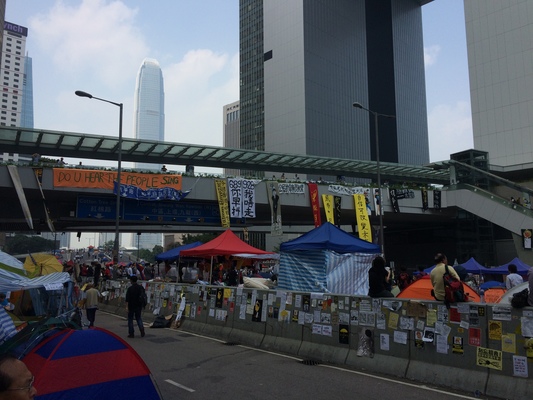
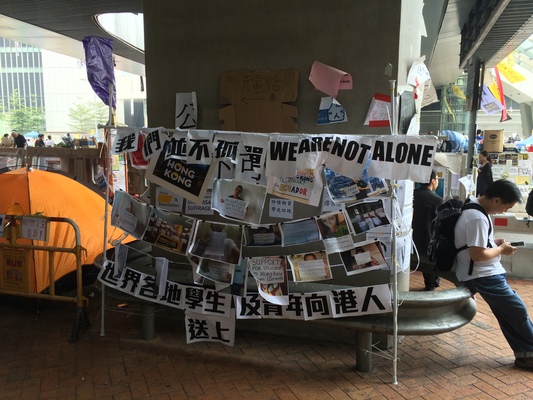
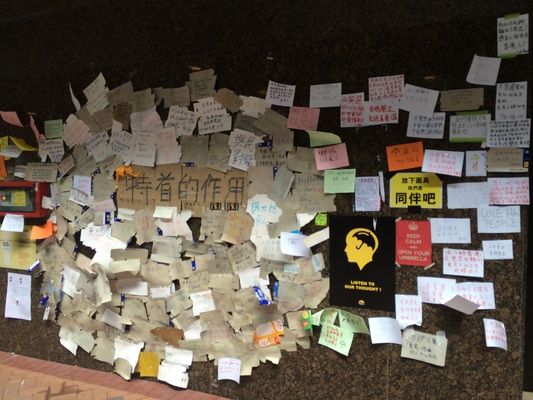
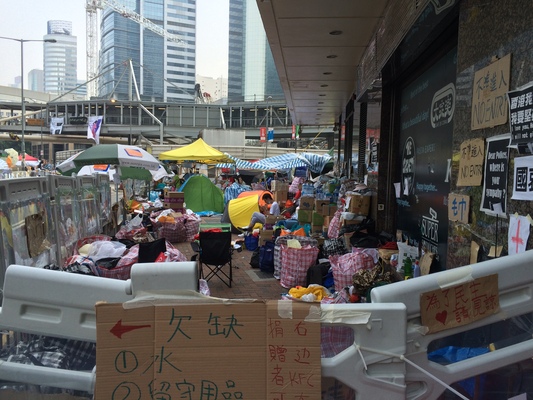

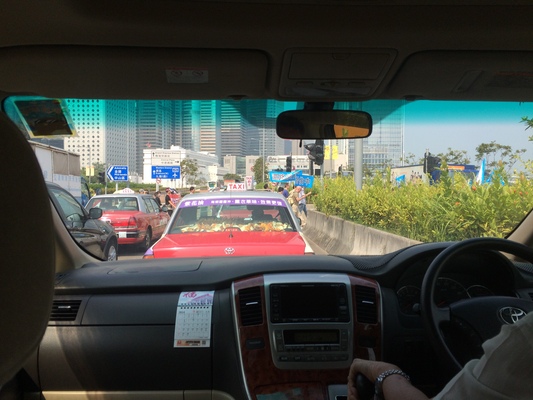
- The views and information discussed in this commentary are as of the date of publication, are subject to change, and may not reflect the writer's current views. The views expressed represent an assessment of market conditions at a specific point in time, are opinions only and should not be relied upon as investment advice regarding a particular investment or markets in general. Such information does not constitute a recommendation to buy or sell specific securities or investment vehicles. It should not be assumed that any investment will be profitable or will equal the performance of the portfolios or any securities or any sectors mentioned herein. The subject matter contained herein has been derived from several sources believed to be reliable and accurate at the time of compilation. Seafarer does not accept any liability for losses either direct or consequential caused by the use of this information.
![[Chrome]](/_layout/images/ua/chrome.png)
![[Firefox]](/_layout/images/ua/firefox.png)
![[Opera]](/_layout/images/ua/opera.png)
![[Microsoft Edge]](/_layout/images/ua/edge.png)